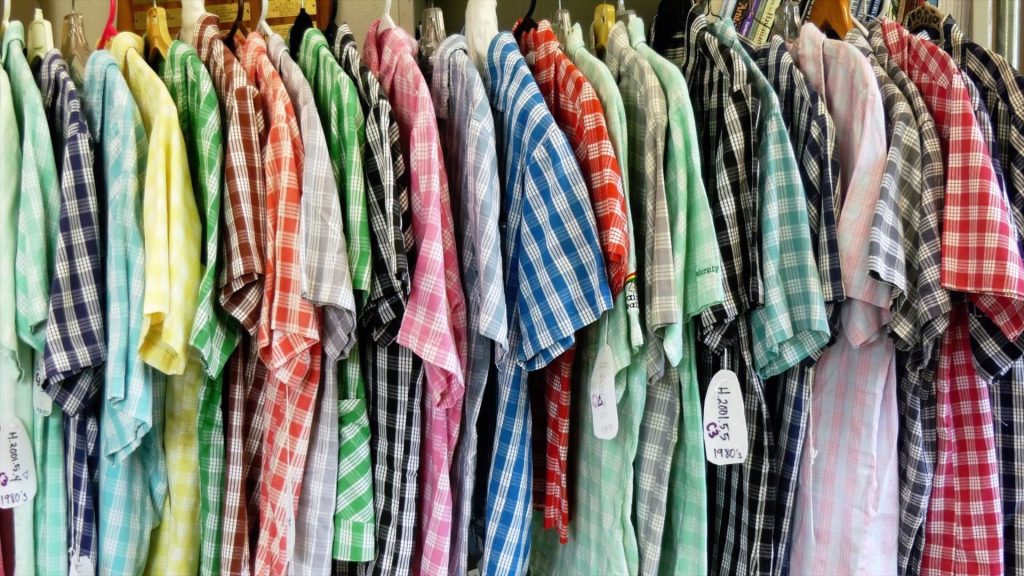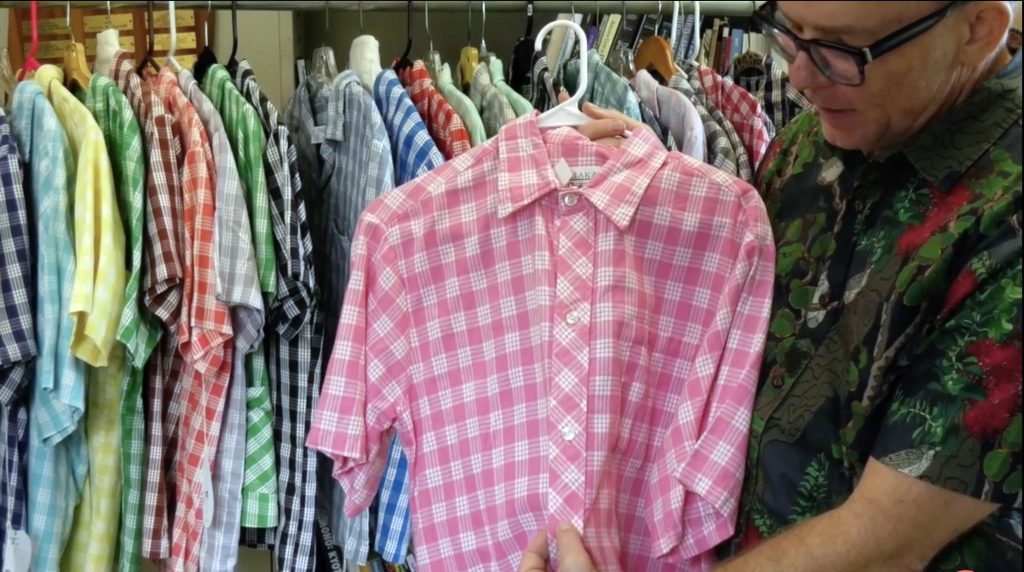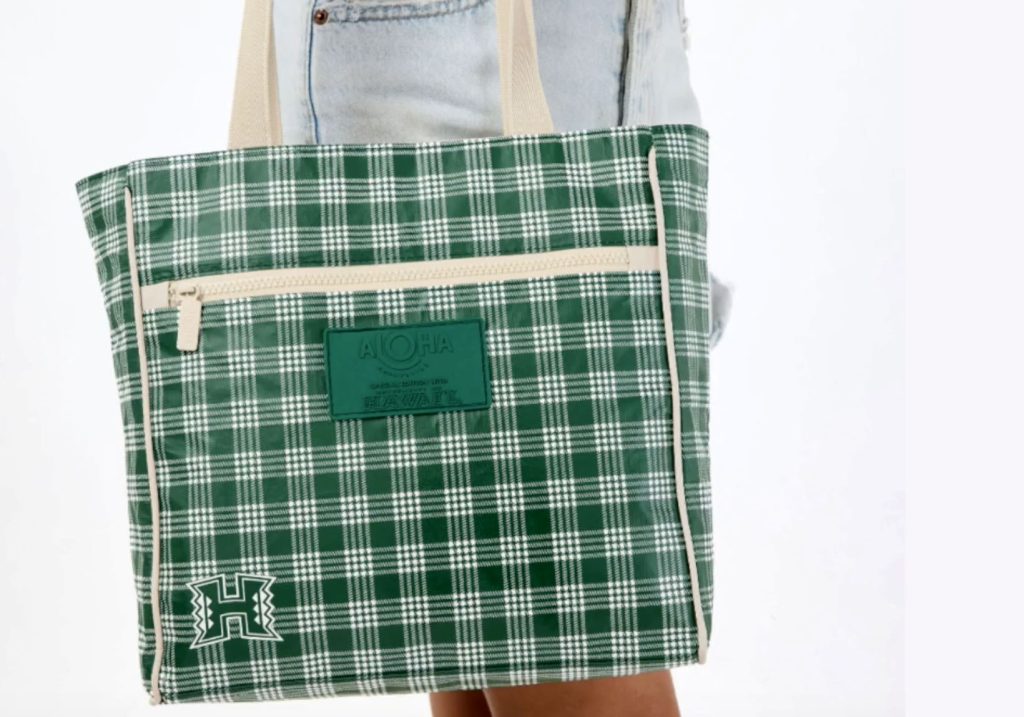From plantation roots to modern runways, pakalaka is making a comeback
From plantation fields to the modern fashion runway, palaka is more than a fabric; it’s a symbol of Hawaiʻi’s history, resilience, and identity.

According to a University of Hawaiʻi at Mānoa fashion expert, the iconic checkerboard pattern is experiencing a resurgence, solidifying its place as the “denim of Hawaiʻi.”
Andy Reilly, a professor in the College of Tropical Agriculture and Human Resilience Fashion Design and Merchandising program, predicted this comeback in a 2023 University of Hawaiʻi News story, and has since seen the trend flourish. He attributed its revival to a deeper connection with local culture and history.
“It’s been said that palaka is the denim of Hawaiʻi. It’s ubiquitous,” Reilly said. “It crosses over ethnic lines, now it crosses over class lines, and it has a rich history in Hawaiʻi. Many of the people who live here have ancestors who probably wore palaka on the fields.”
The story of palaka began in the early 1800s with the arrival of sailors. The name itself is believed to be a Hawaiian transliteration of the English word “frock,” the shirt worn by sailors. The original cotton fabric likely came from New England, with a plaid called “Cranston Plaid” bearing a strong resemblance to early palaka.

By the early 20th century, the dense, durable fabric became essential during the plantation era. Its signature blue-and-white check was especially appealing to Japanese immigrant workers, reminding them of the traditional indigo-dyed fabrics in Japan.
The fashion evolution of palaka began in the 1960s and ’70s with the introduction of new colors such as red, yellow, and green. The 1980s saw the rise of the “Palaka Power” movement, a statement of pride for the descendants of Japanese plantation laborers who had achieved political and economic success.
“People always recognize the palaka fabric just from that blocky plaid design,” Reilly said. “When people think of Hawaiʻi and fashion, they usually refer to the aloha shirt… but there’s so much more about Hawaiʻi and the fashion history beyond the aloha shirt, and palaka is just one good example of that.”

Today, local designers such as Matt Bruening and Kini Zamora are breathing new life into the historic pattern by experimenting with different colors, playing with the scale of the print, and cutting the fabric on an angle to create fresh looks.
The pattern was also featured in a recent, sold-out collection of University of Hawaiʻi-branded bags by ALOHA Collection.



